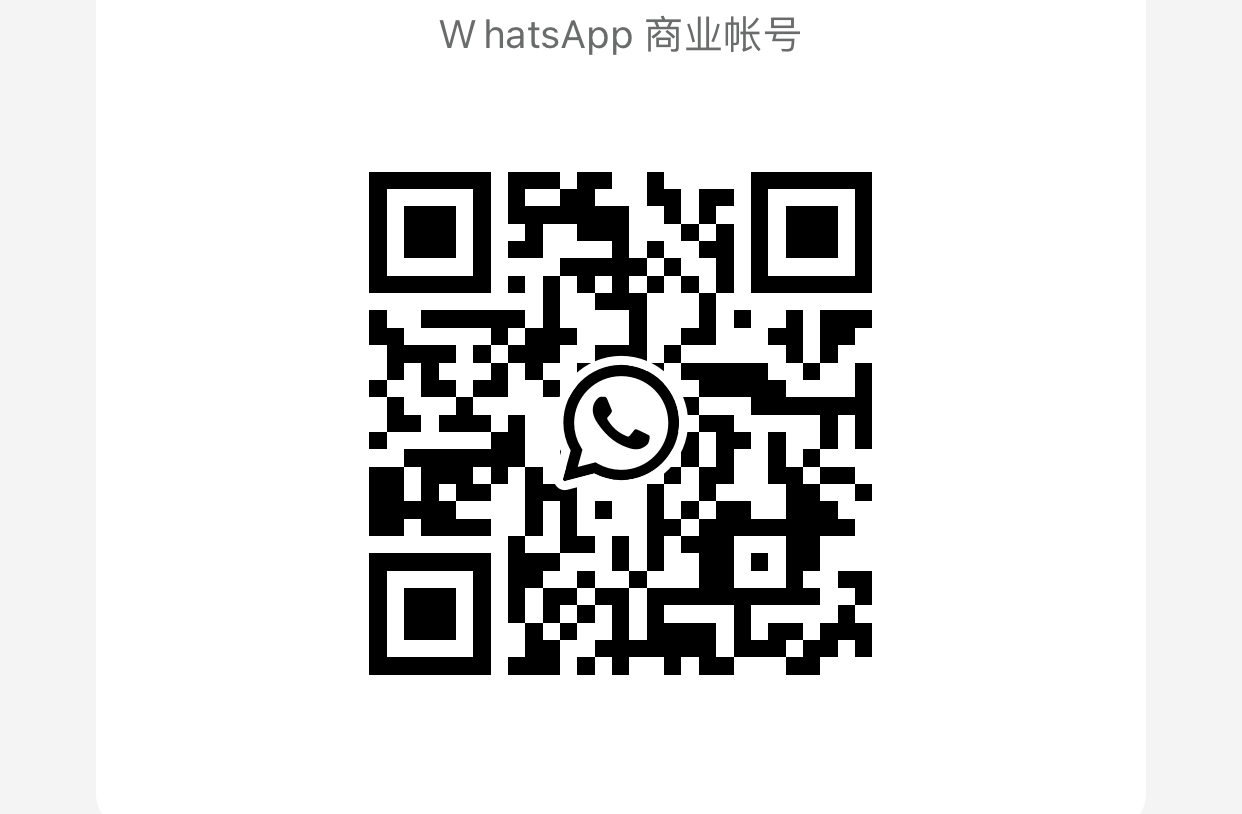The future trend of cordless and lithium-ion power tools
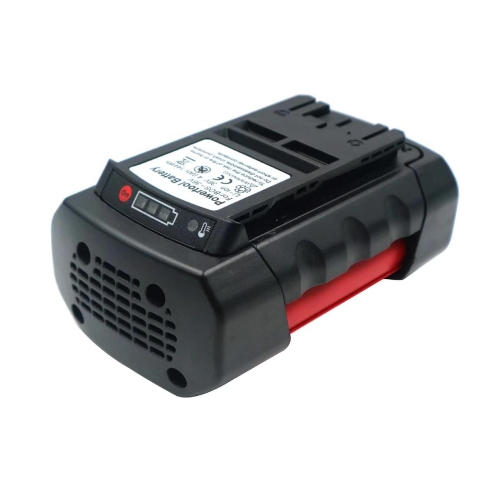
1. Deep penetration of lithium-ion and cordless technologies
Core trend: Lithium batteries are replacing traditional nickel-metal hydride/nickel-cadmium batteries at an accelerated pace with their high energy density, fast charging and lightweight advantages. The global market size of cordless power tools is expected to reach US$25 billion in 2025, with a penetration rate of nearly 60%, of which lithium batteries account for 87%136.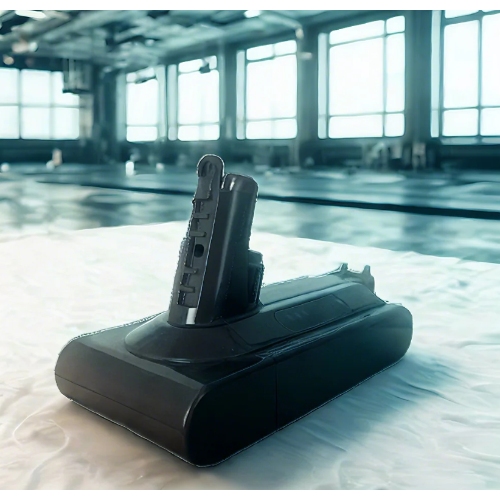
Technological breakthrough: Domestic lithium battery companies (such as Yiwei and Aoyang) are replacing Japanese and Korean companies and dominating the global market through performance improvement and cost advantages (20-30% lower prices). For example, Tengya Anchor's new products use high-density lithium batteries, which significantly improve battery life and safety156.
Application scenario expansion: The demand for cordless tools has surged in scenarios such as home DIY and professional construction, especially in the North American market, where the recovery of the real estate market has driven sales growth36.
2. Integration of intelligence and IoT technology
Functional innovation: Tool positioning, remote control and safety lock functions are achieved through technologies such as Bluetooth and 4G. For example, Tuya's smart solution supports real-time monitoring of tool status and energy consumption analysis, and Milwaukee's low quiescent current technology reduces standby energy consumption and improves battery efficiency389.
Security management: Smart tools can limit unauthorized use and prevent loss through geographic fences, improving the safety of construction scenes38.
Data-driven optimization: Enterprises use IoT platforms to analyze equipment usage data, optimize inventory management and maintenance strategies, and promote the industry's transformation from "hardware manufacturing" to "service + data"39.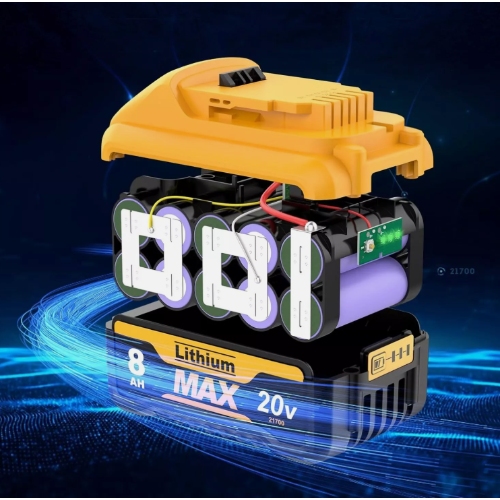
3. The impact of greening and environmental protection policies
Battery technology innovation: Sodium ion batteries, graphene batteries and other technologies are accelerating implementation to solve the pollution problem of traditional batteries. Yadi and other companies have built a diversified ecology of lead-acid, lithium batteries and sodium batteries to promote carbon footprint standardization79.
Policy pressure: The new regulations of the Ministry of Industry and Information Technology have strict requirements on the flame retardancy and weight limit of power tool batteries, eliminating 99% of small and medium-sized manufacturers that do not meet the standards, forcing the industry to upgrade47.
Circular economy: Enterprises establish waste battery recycling systems, such as Yadi linking 40,000 stores to carry out recycling, reducing carbon emissions by more than 63.3 billion kilograms7.
4. Brand competition and market restructuring
Accelerated domestic substitution: Chinese companies continue to increase their global market share, such as Chervon's global share is close to 3%, and Tengya Iron Anchor has integrated resources through acquisitions to benchmark international first-tier brands56.
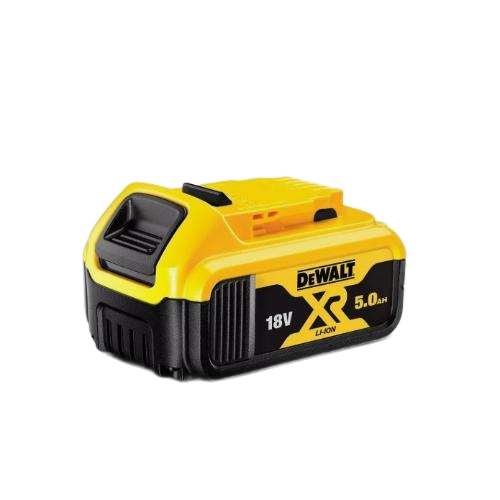
Competition for technical patents: Zhejiang Yat's flip structure patent, Milwaukee's DC link bus technology, etc., reflect that companies seize the market through differentiated innovation28.
Channel transformation: Cross-border e-commerce promotes China's power tool exports, Jinhua industrial cluster connects with global demand through digital platforms, and the output value will reach 80 billion yuan in 202410.
5. User experience and design innovation
Ergonomic optimization: lightweight design (such as Tengya Iron Anchor angle grinder is only 1.2kg), improved grip and control layout adjustment to improve operating comfort59.
Appearance differentiation: Brands enhance recognition through colors (such as Tengya's "vitality orange" series) and streamlined design to attract young consumers5.
Scenario adaptation: Develop special tools for niche areas (such as auto repair and gardening), such as large torque wrenches adapted to complex working conditions such as rail maintenance59.
Future Outlook
The industry will further develop into a "lithium battery + smart + green" trinity, while market competition will focus on technology patents, brand premiums and global layout. Under the dual pressure of policy drive and upgraded consumer demand, small and medium-sized manufacturers need to accelerate transformation, while leading companies consolidate their advantages through ecological construction


